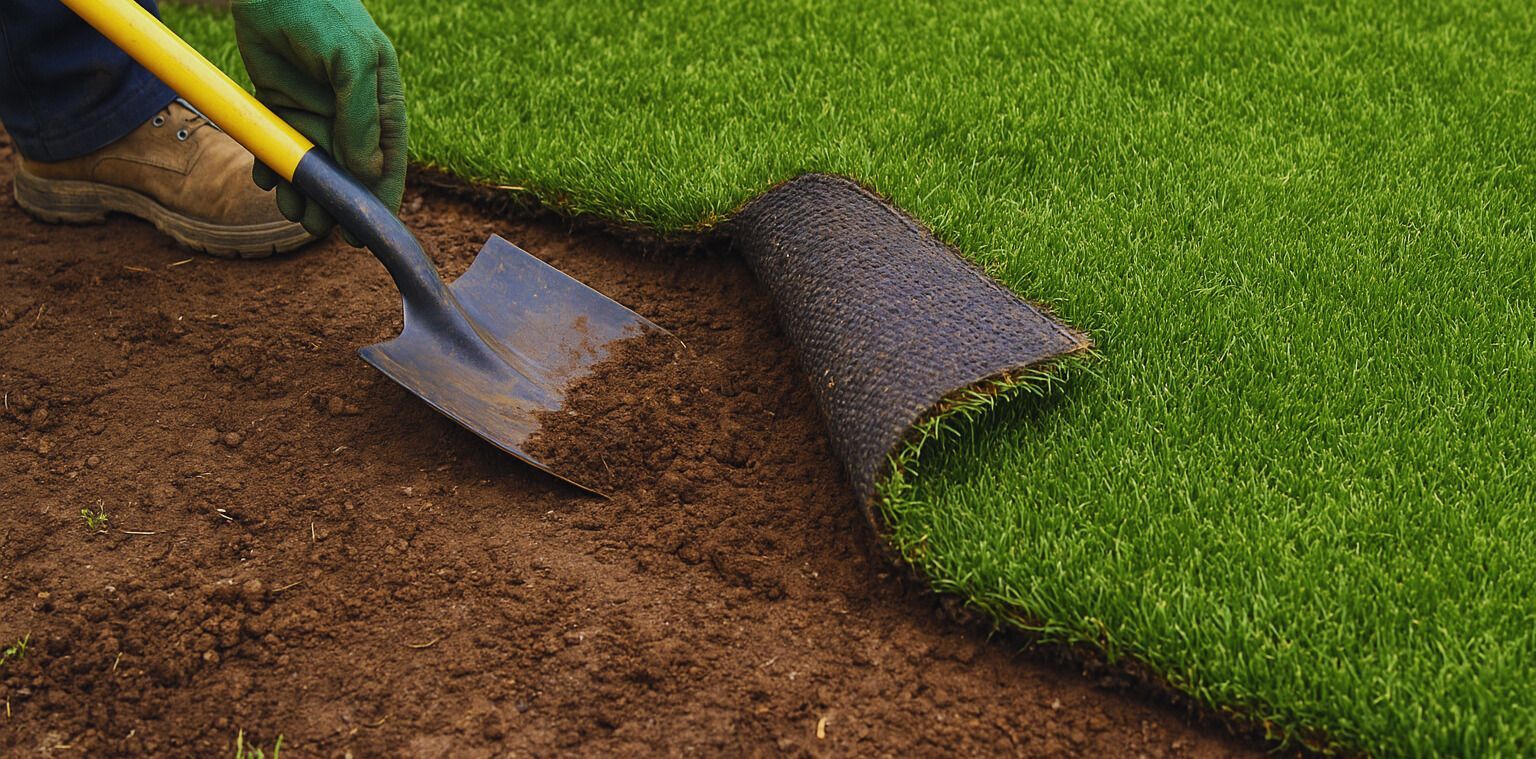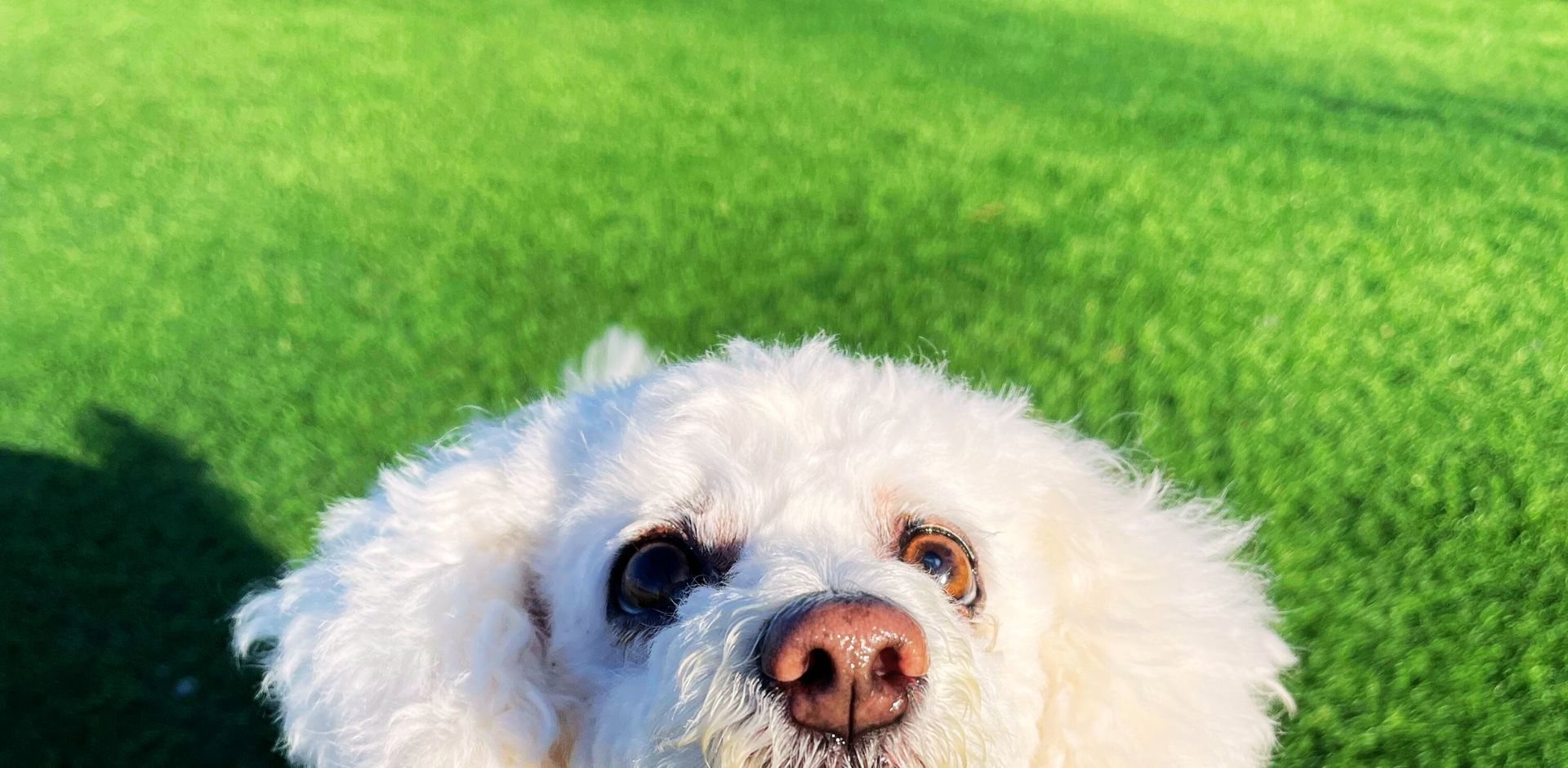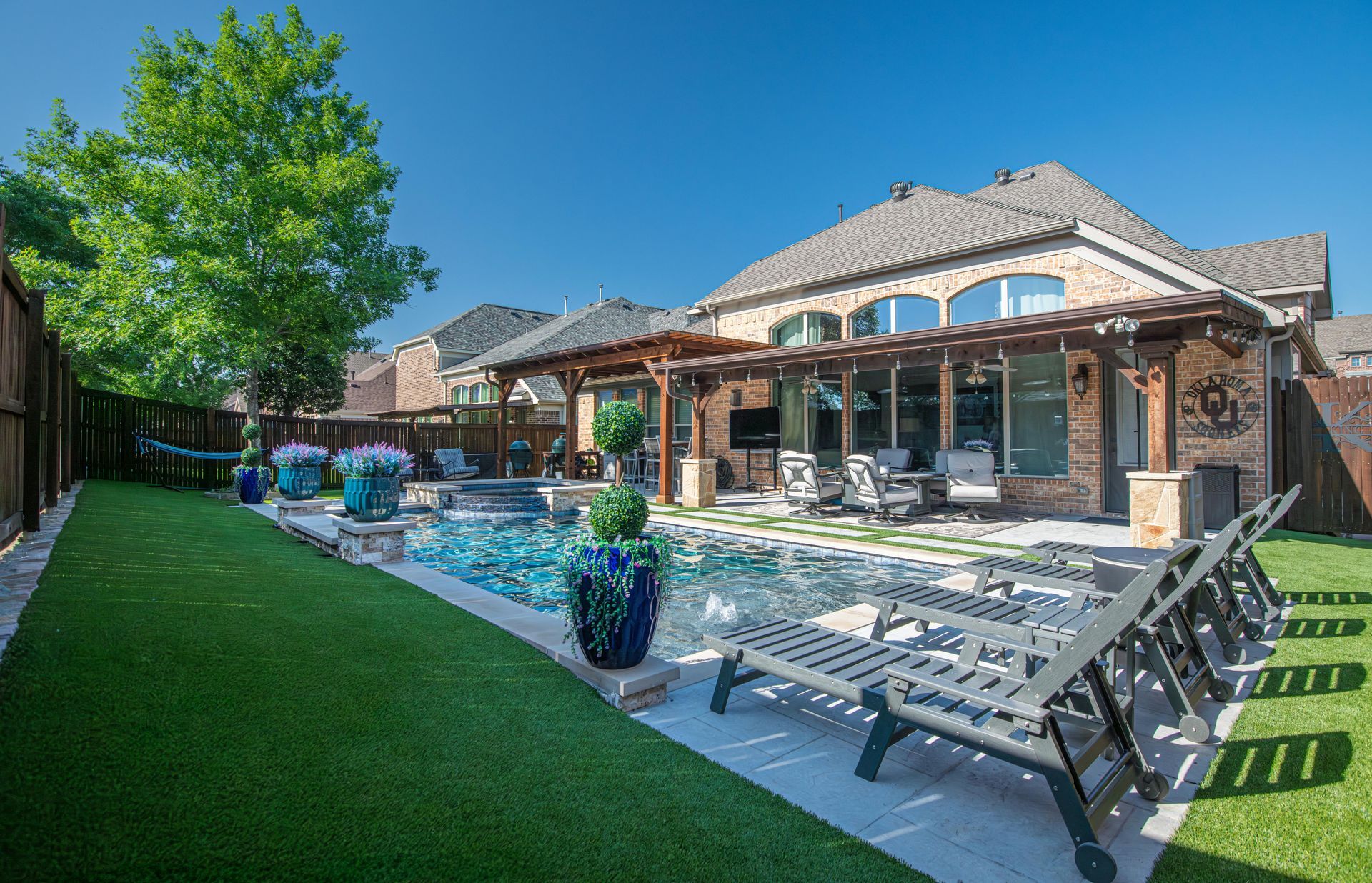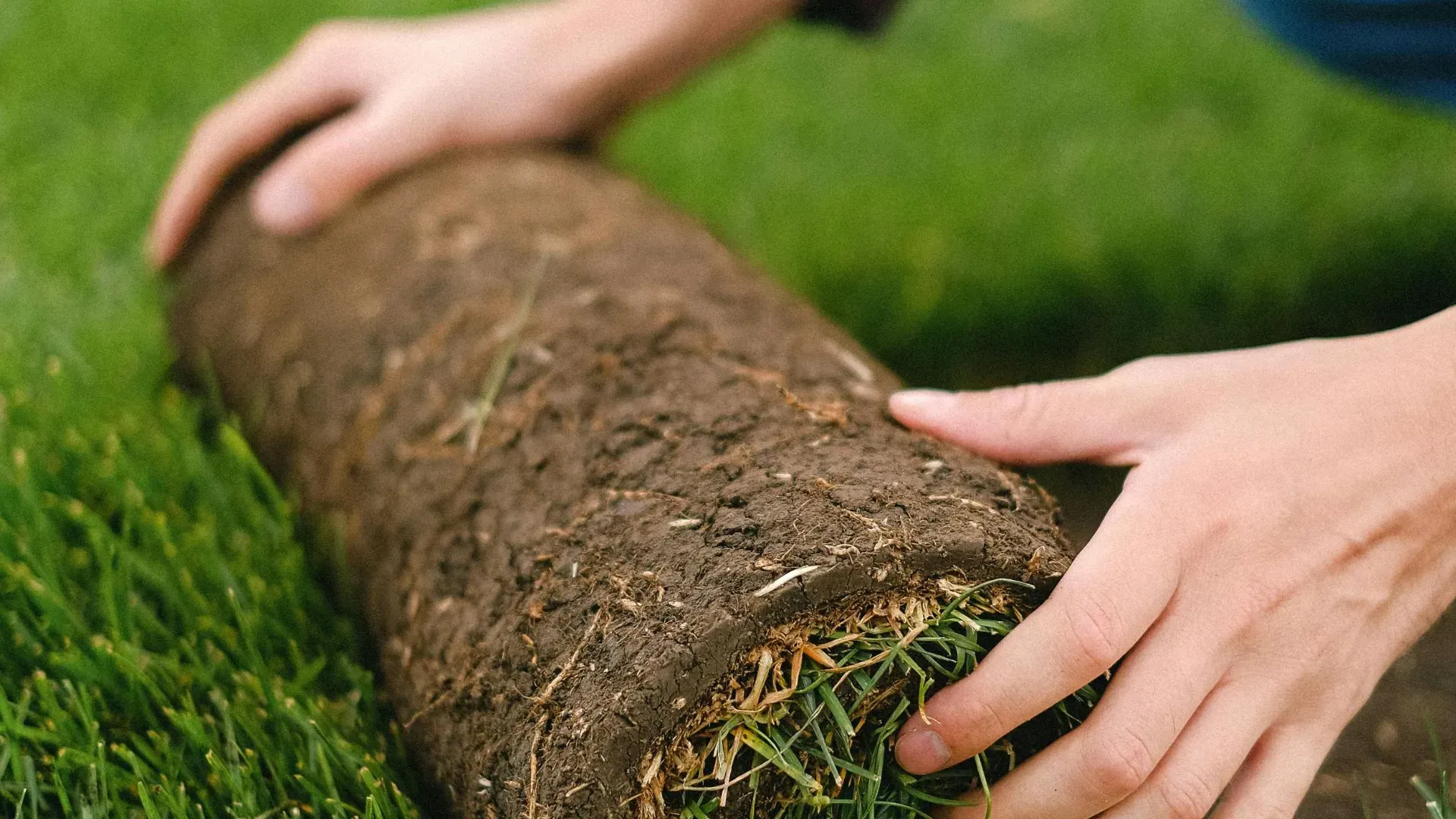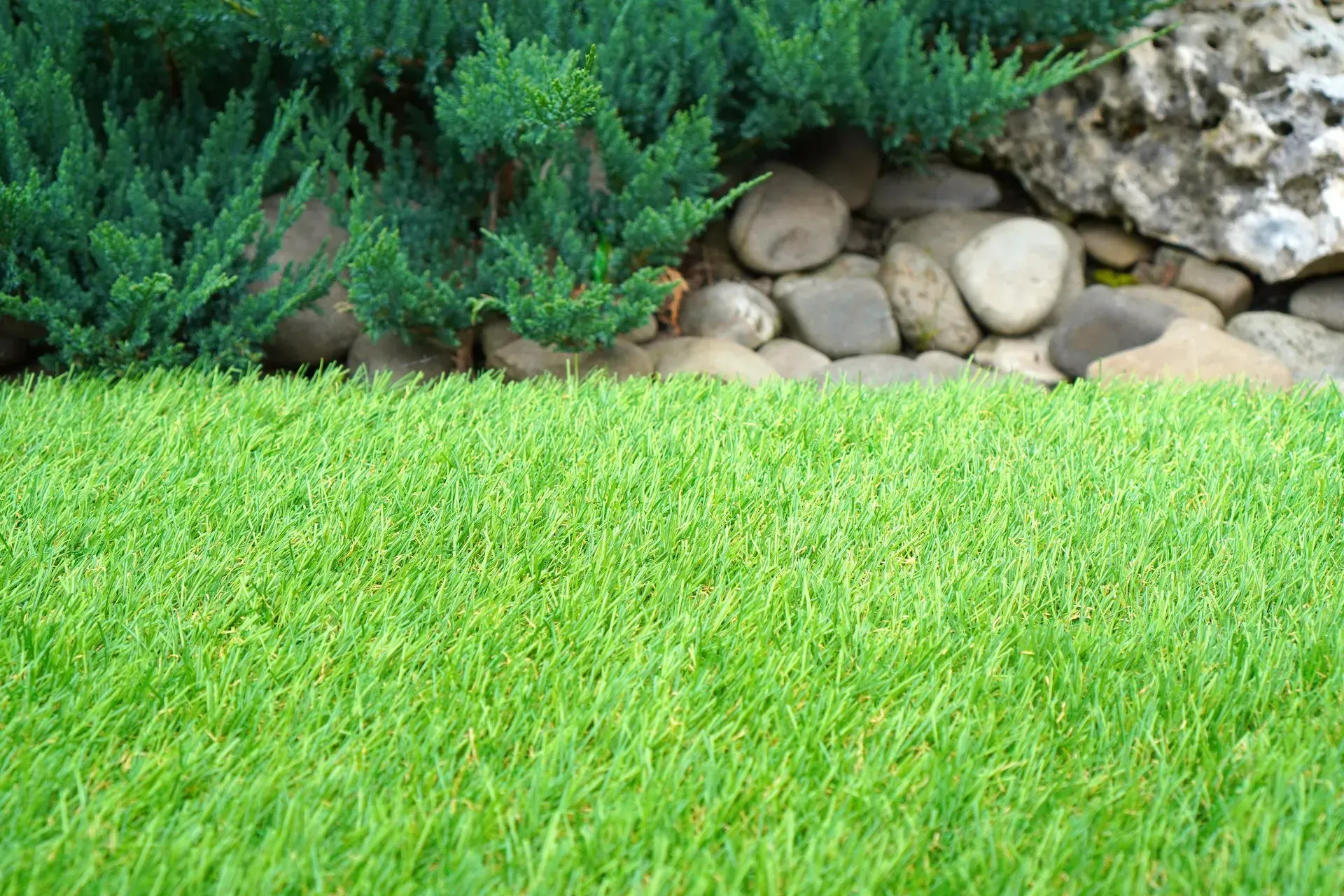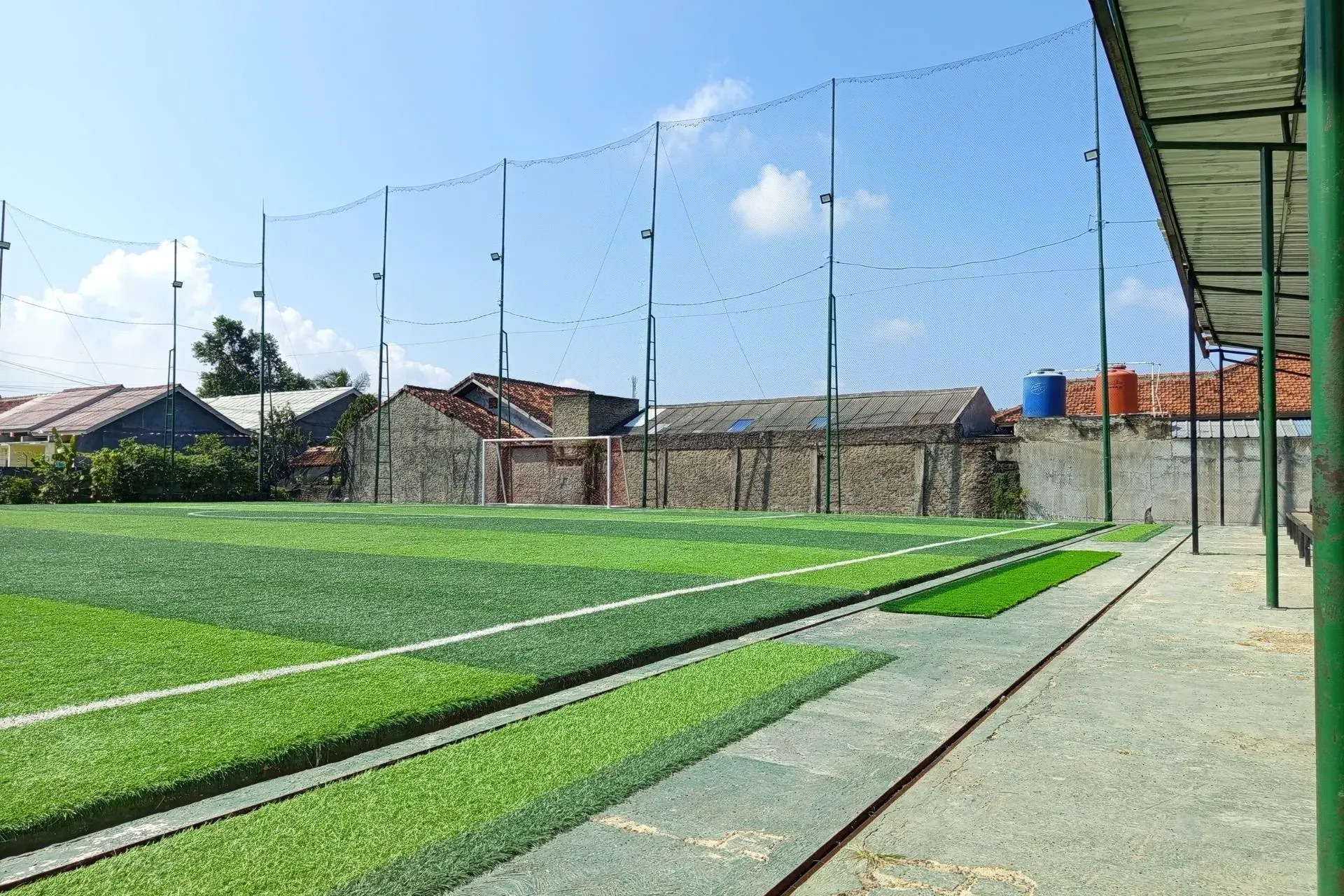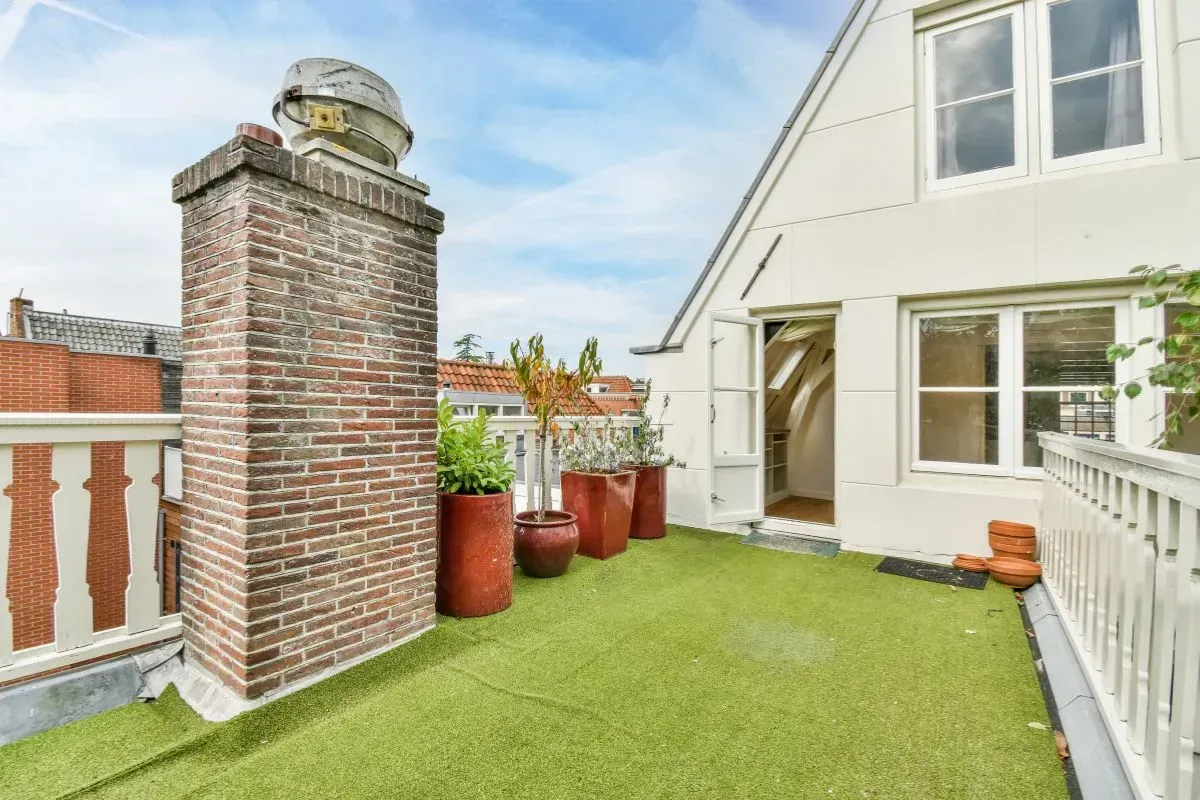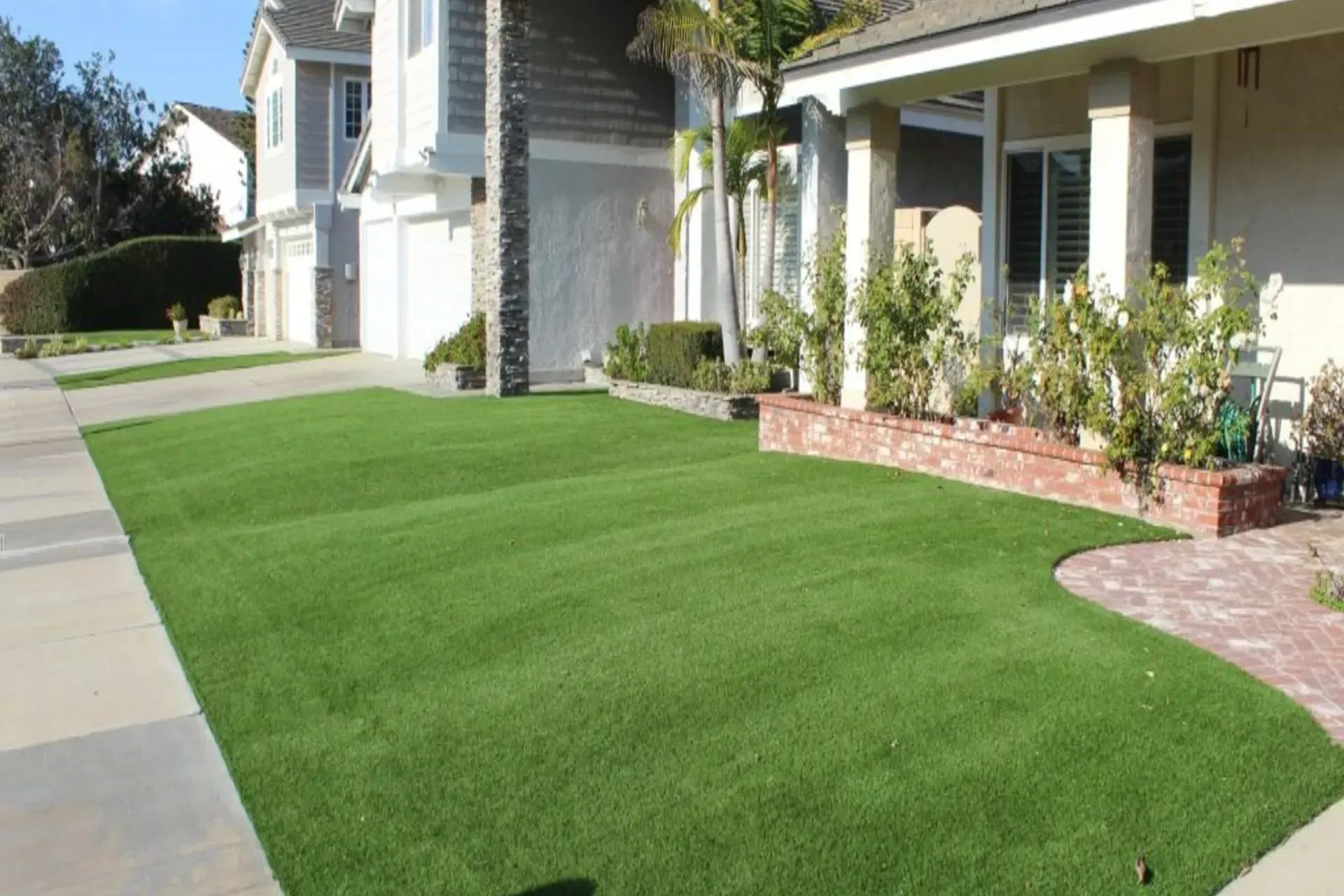Transform Your Yard: The Key Advantages of Residential Artificial Turf
Homeowners across the country are rethinking their approach to lawn care, and for good reason. Traditional grass may look nice, but it comes with high water usage, time-consuming maintenance, and ongoing costs. Enter residential artificial turf—a modern solution that offers the lush, green appearance of a perfect lawn without the headaches. This isn’t the stiff, fake grass of decades past. Today’s turf is soft, realistic, and built to last, making it an appealing choice for families, pet owners, and design-conscious homeowners alike.
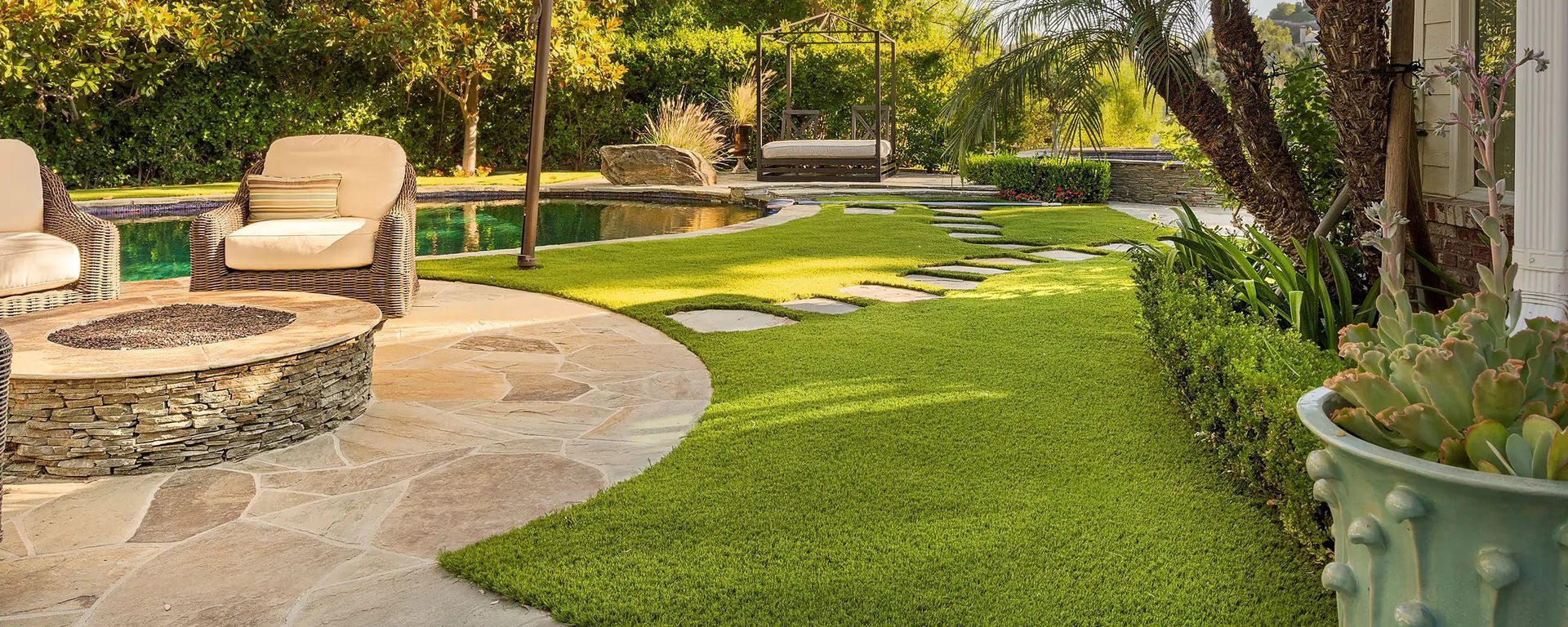
Residential Artificial Turf – Understanding What It Is and How It Works
Residential artificial turf is a synthetic grass alternative made from high-quality polyethylene or polypropylene fibers. It’s designed to mimic the look and feel of real grass while providing superior durability. Beneath the turf lies a drainage system that allows water to pass through easily, preventing puddles and keeping your yard usable in all weather conditions. Professional installation ensures the turf is laid over a compacted base, which helps it maintain its shape for years to come.
If you want to explore top-notch installation services, check out this trusted Artificial Turf Service.
The Rise in Popularity of Artificial Turf – Market Trends and Homeowner Preferences
Over the past decade, the artificial turf market has seen explosive growth. Rising water costs, increasing environmental awareness, and the desire for low-maintenance landscaping have driven homeowners toward this smart alternative. Additionally, improvements in turf technology mean the product is more natural-looking than ever, further fueling demand.
Aesthetic Benefits of Artificial Turf – Year-Round Greenery and Curb Appeal
One of the most striking benefits of artificial turf is its year-round beauty. Natural grass often struggles with seasonal changes, leading to patchy or brown spots. With artificial turf, your yard remains consistently lush and green regardless of the weather. This boosts curb appeal, making your home more inviting and potentially increasing its market value.
Low Maintenance Advantage – Say Goodbye to Mowing, Watering, and Fertilizing
Maintaining a traditional lawn requires hours of mowing, edging, watering, and fertilizing. With artificial turf, that chore list disappears. You’ll save countless weekends and significantly reduce your utility bills. Occasional rinsing and brushing are usually all that’s needed to keep your turf in top condition.
Water Conservation Benefits – How Artificial Turf Supports Eco-Friendly Living
In areas where drought conditions are common, conserving water is critical. Artificial turf eliminates the need for irrigation, helping you reduce your household’s water consumption. For eco-conscious homeowners, this is a major selling point, aligning with sustainable living practices while still enjoying a beautiful yard.
Cost Savings Over Time – Long-Term Value vs. Natural Grass
While the initial installation cost of artificial turf can be higher than seeding or sodding natural grass, the long-term savings are significant. You’ll cut down on water bills, lawn care services, and maintenance supplies. Over time, the investment often pays for itself while delivering ongoing visual and functional benefits.
Durability and Longevity – How Artificial Turf Withstands Weather and Wear
Quality artificial turf is designed to handle high foot traffic, intense sunlight, and heavy rain without fading or wearing out. Many products come with warranties of 10–15 years, ensuring that your lawn remains in great shape for a decade or more.
Pet-Friendly Features – Why Pets Love Artificial Turf
Artificial turf is an excellent choice for pet owners. It’s soft underfoot, easy to clean, and resistant to digging. Many types also include antimicrobial treatments to help prevent odors. Whether your dog loves to run, roll, or relax, artificial turf provides a safe and comfortable surface.
Child-Safe Play Areas – A Comfortable and Clean Surface for Kids
Artificial turf provides a cushioned surface for children’s play areas, reducing the risk of scrapes and injuries. It’s free from harmful pesticides and fertilizers, creating a healthier environment for little ones to enjoy outdoor activities without the usual mess of mud and grass stains.
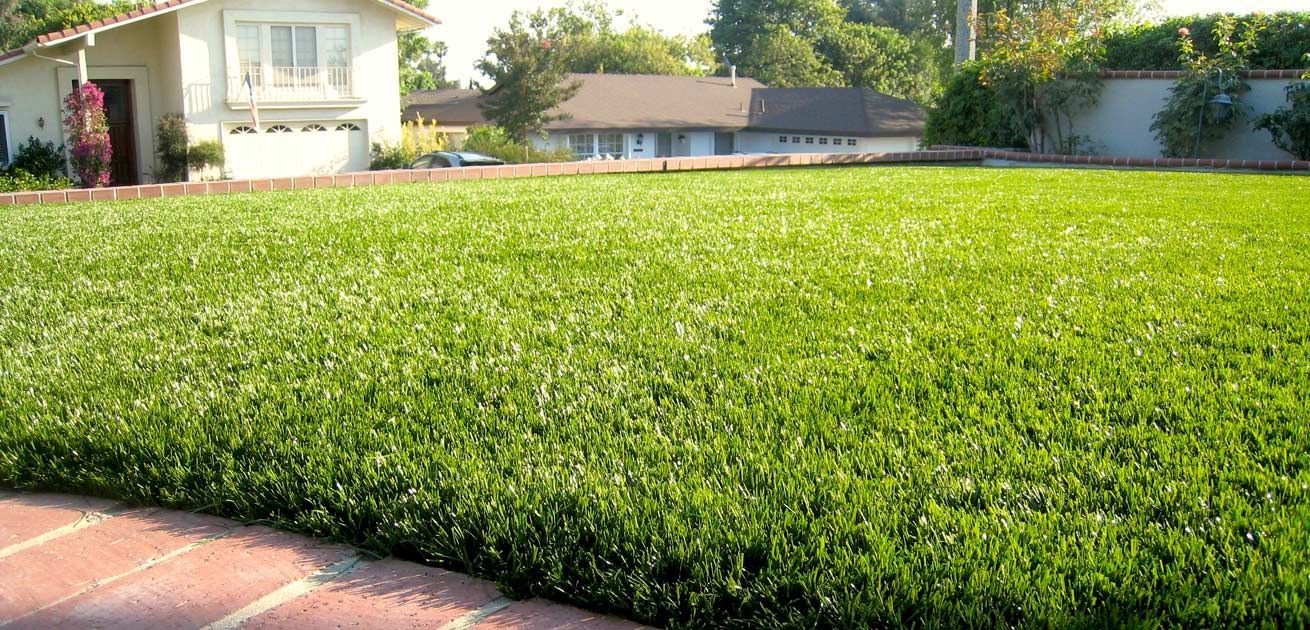
Allergy Reduction – Eliminating Common Grass-Related Allergens
For allergy sufferers, natural grass can be a source of pollen and mold that triggers symptoms. Artificial turf significantly reduces these allergens, allowing you to enjoy your yard without the sneezing, itching, or watery eyes.
Versatility in Landscape Design – Creative Uses Beyond the Lawn
Artificial turf isn’t just for front and back yards. It’s also used for rooftop gardens, pool surrounds, putting greens, and decorative accents. Its flexibility allows for creative landscaping ideas that wouldn’t be practical with natural grass.
Easy Installation Process – What to Expect from a Professional Turf Service
Professional turf installation involves clearing the area, laying a compacted base, and securing the turf with precision cuts and seams. The process usually takes just a few days, and the transformation can be dramatic. To get started, reach out through this Contact page for expert assistance.
Choosing the Right Artificial Turf Service – Factors to Consider When Hiring
When selecting a turf installation company, consider their experience, portfolio, warranty options, and customer reviews. The right provider will help you choose the best turf for your climate, lifestyle, and budget.
Common Myths About Artificial Turf – Separating Fact from Fiction
Some people believe artificial turf gets too hot or looks fake. While older versions had these issues, modern turf technology has largely solved them. Cooling infills and advanced fiber designs make the latest turf products realistic and comfortable.
Environmental Impact – How Artificial Turf Fits into a Sustainable Lifestyle
Artificial turf conserves water, reduces the need for lawn chemicals, and eliminates gas-powered mowing equipment. These benefits contribute to a smaller environmental footprint while still providing the beauty of a green lawn.
Maintenance Tips for Longevity – Keeping Your Turf Looking Fresh
While artificial turf requires far less upkeep than natural grass, a few simple habits can extend its lifespan. Rinse it occasionally to remove dust, brush it to keep fibers upright, and address spills promptly.
Residential Artificial Turf FAQs
Is artificial turf safe for pets and kids?
Yes, most quality turf is non-toxic, soft, and cushioned, making it ideal for pets and children.
How long does artificial turf last?
With proper care, residential artificial turf can last 10–15 years or more.
Does artificial turf get hot in summer?
While it can warm up under direct sunlight, modern turf options often include cooling technology to minimize heat buildup.
Can I install artificial turf myself?
DIY installation is possible but can be challenging. For best results, professional installation is recommended.
Is artificial turf environmentally friendly?
Yes, it saves water, reduces chemical use, and eliminates emissions from lawn equipment.
How much does artificial turf cost?
Costs vary based on quality, size, and installation complexity, but long-term savings often outweigh the initial investment.
Conclusion – Why Artificial Turf is a Smart Choice for Modern Homes
Residential artificial turf is more than just a landscaping trend—it’s a practical, eco-friendly, and beautiful solution for homeowners who want the perfect lawn without the hassle. From cost savings to water conservation, its advantages make it a worthwhile investment for families, pet owners, and anyone looking to enhance their outdoor space.
